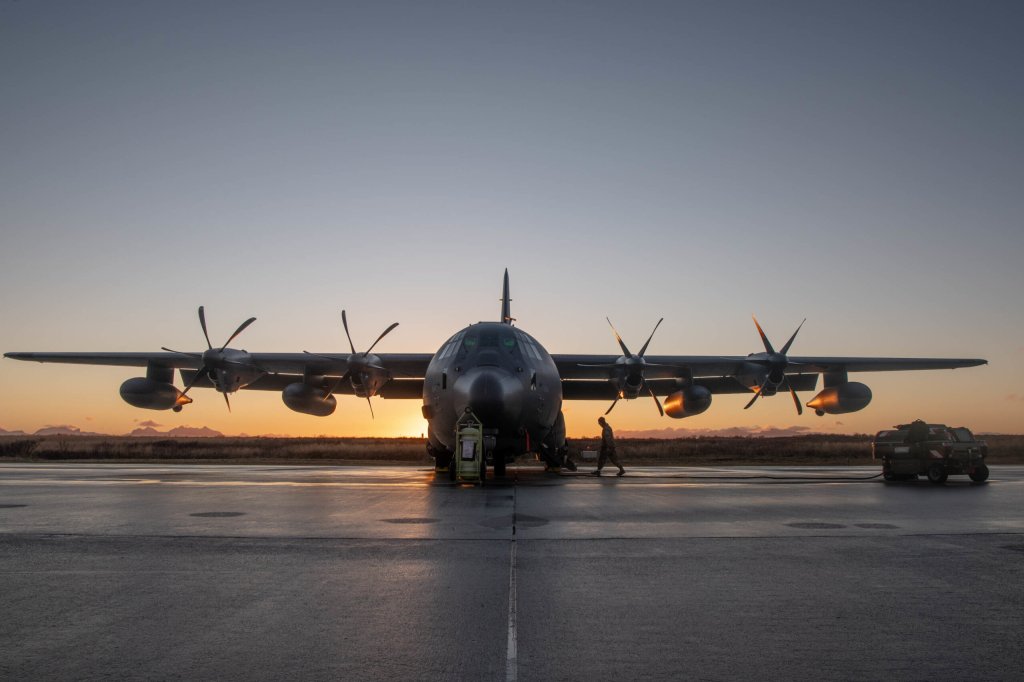Sometimes even the U.S. military has to cut out the middleman. Sometimes there’s no bomber available. And sometimes, death from above just absolutely, positively has to get there overnight (or as fast as possible). That’s what the USAF’s Rapid Dragon system is for. It’s a disposable weapons module that is palletized for cargo aircraft and allows even a C-17 Globemaster III to become an agent of change for the enemy.
It’s sometimes said that if the Air Force suddenly becomes the only line of defense for American forces, then the American forces are in deep… trouble. But with weapons like the Rapid Dragon, it might be the enemy who’s in too deep.
The concept is simple… it’s so simple, in fact, it was derived from an ancient Chinese siege weapon. The Air Force even stole its name. The Ji Long Che (or “rapid dragon cart”) was an ox-drawn cart that could fire 10-foot arrows in rapid succession from 500 yards away. It kept the weapon at a safe distance while providing any attackers with a lot to consider before they decided whether or not an attack was worth the effort.
Though the U.S. Air Force has a lot more advanced technology and the oxcart is now flying at thousands of feet above the earth, the concept is the same. A rapid deployment of projectiles, coming from a safe distance, in numbers that would make anyone think twice about pressing an attack. Also, the arrows are cruise missiles filled with high explosives.
Cruise missiles are usually fired by large bomber aircraft, but Rapid Dragon’s palletized cruise missile system allows C-130 or C-17 cargo planes to load and fire multiple short- or long-range missiles in just one pallet. With multiple pallets, the number of missiles increases. With a range of up to 1,900 kilometers, the system also keeps the vulnerable cargo plane at a safe distance while unloading a barrage at multiple targets. The Rapid Dragon now makes any fleet of Air Force cargo planes taking off or loitering a disturbing sight.

Some might wonder why we need to turn airlift planes into bombers when we already have a sizable bomber fleet. There are a few reasons why giving cargo aircraft a bomber’s capability is a great idea. The C-130 is one of the greatest machines ever developed for military service. It can take off from a runway less than a third as long as a B-52 Stratofortress requires, and it doesn’t even need that runway to be paved.
Since the system uses the plane’s existing cargo capabilities, airmen require little training to use it, and the plane needs no modifications. As it stands today, every American cargo aircraft now has the capability to fire a volley of cruise missiles at an enemy.
Also, a lot of American allies don’t have strategic bomber fleets, but many of them have cargo aircraft that can use the palletized Rapid Dragon. This would give those allies a new, unique capability to defend themselves. Russia wouldn’t have batted an eye if the U.S. had provided C-130s to Ukraine. As Russia’s long convoy of an invasion force ground to a halt for nearly a week, a fleet of C-130’s firing Rapid Dragon cruise missiles could have decimated the 64-kilometer long convoy.
In July 2023, the United States successfully tested the Rapid Dragon at the Mobility Guardian Exercise in the Pacific region, which means there’s very little chance the test went unnoticed by China’s People’s Liberation Army.

